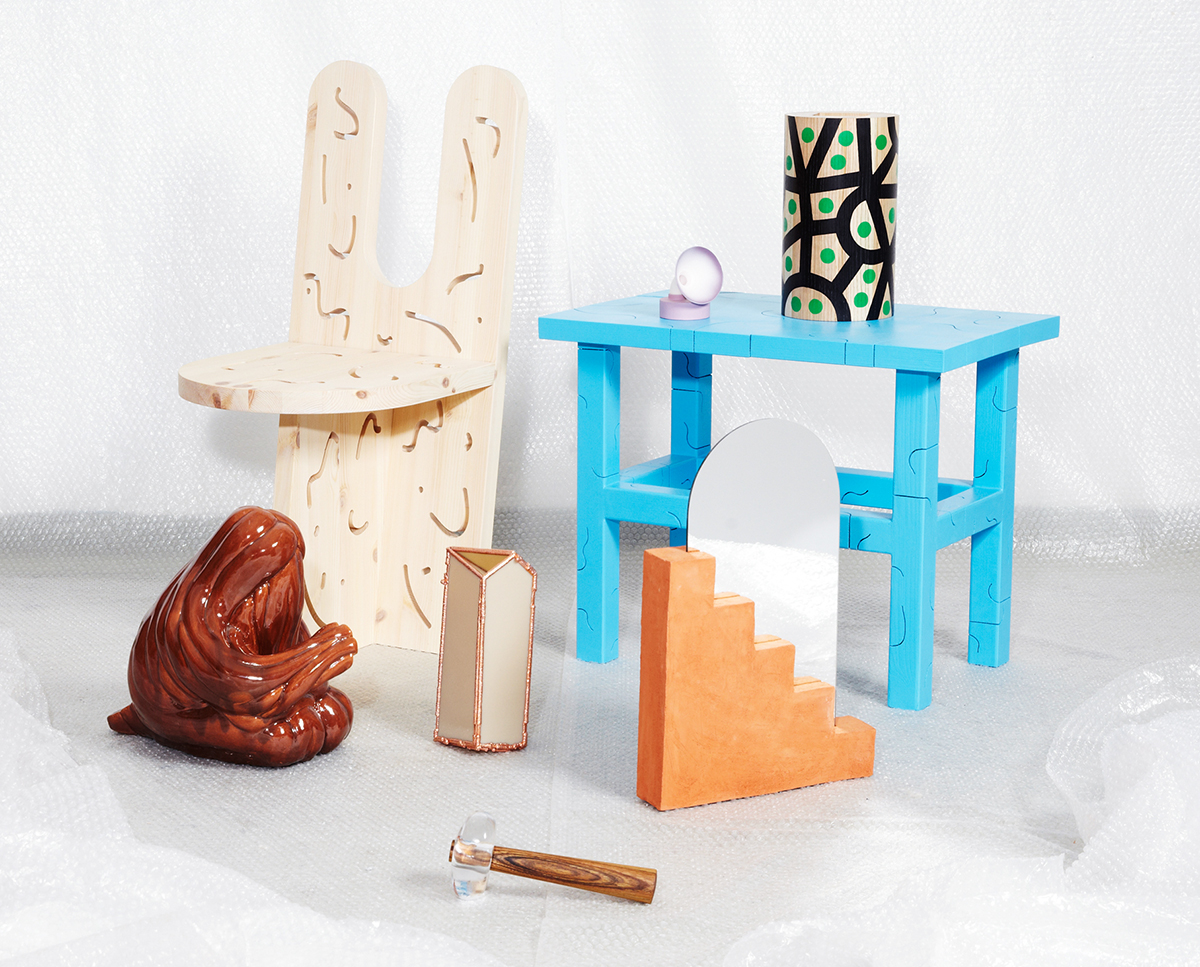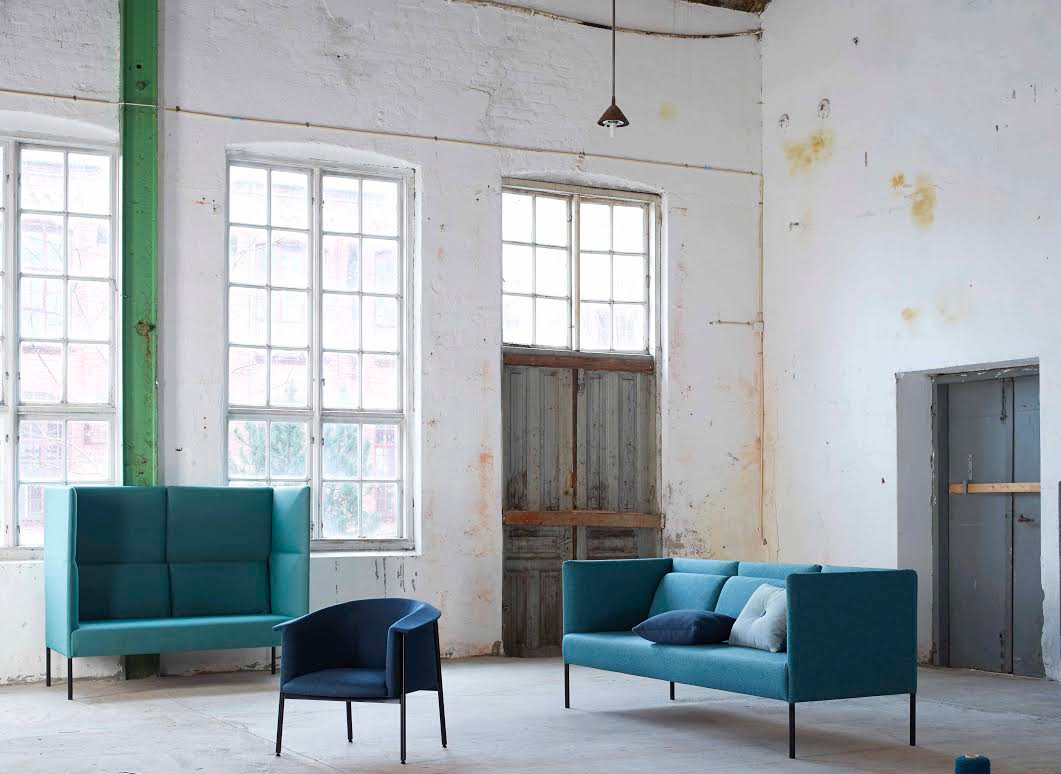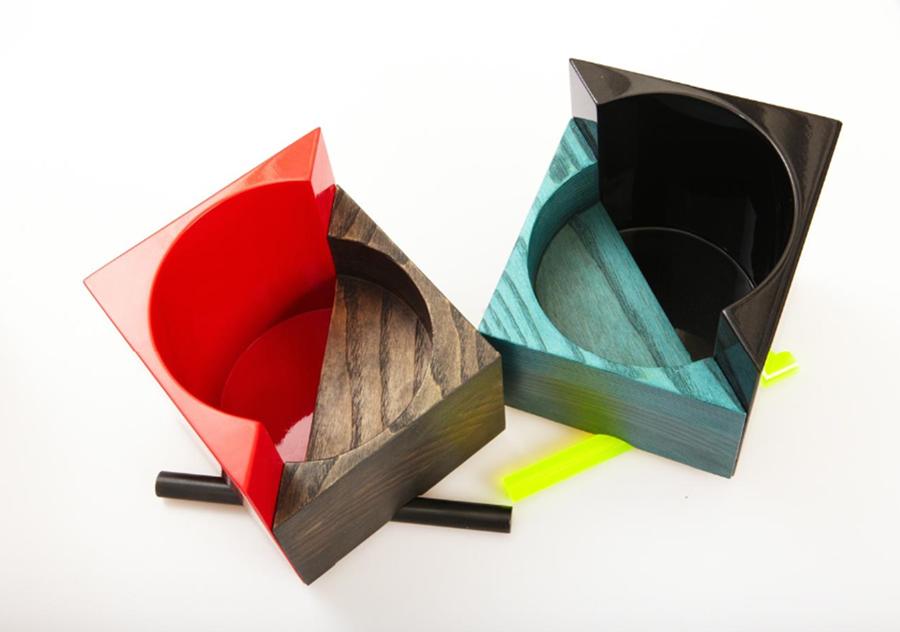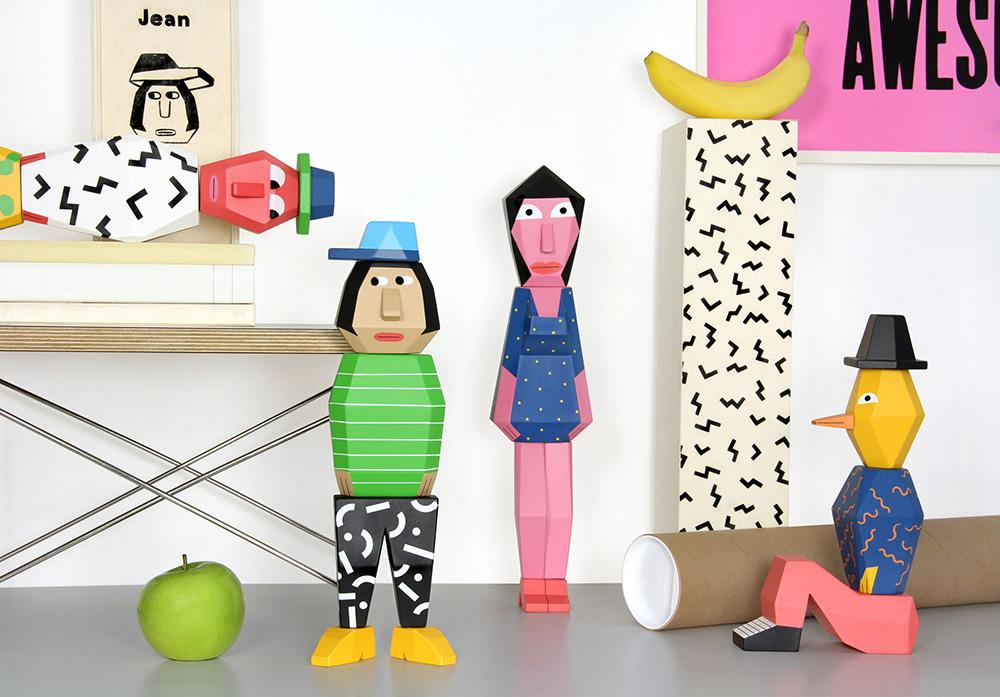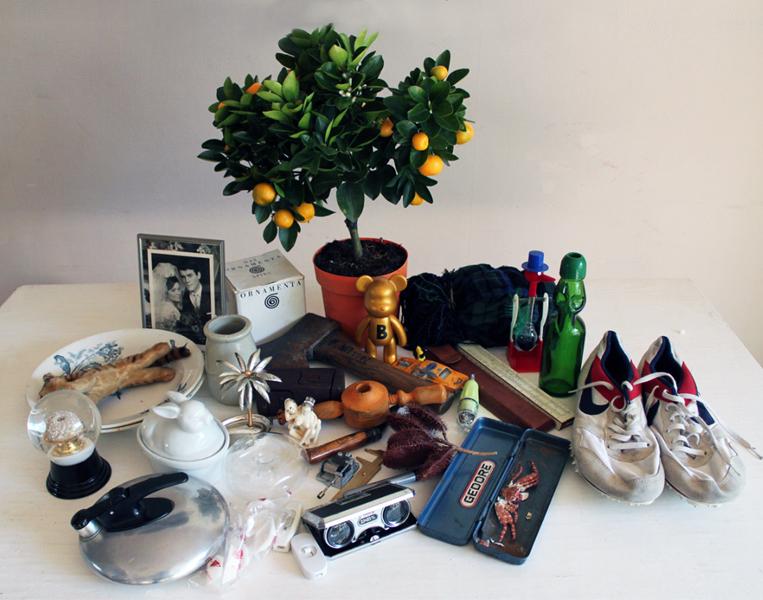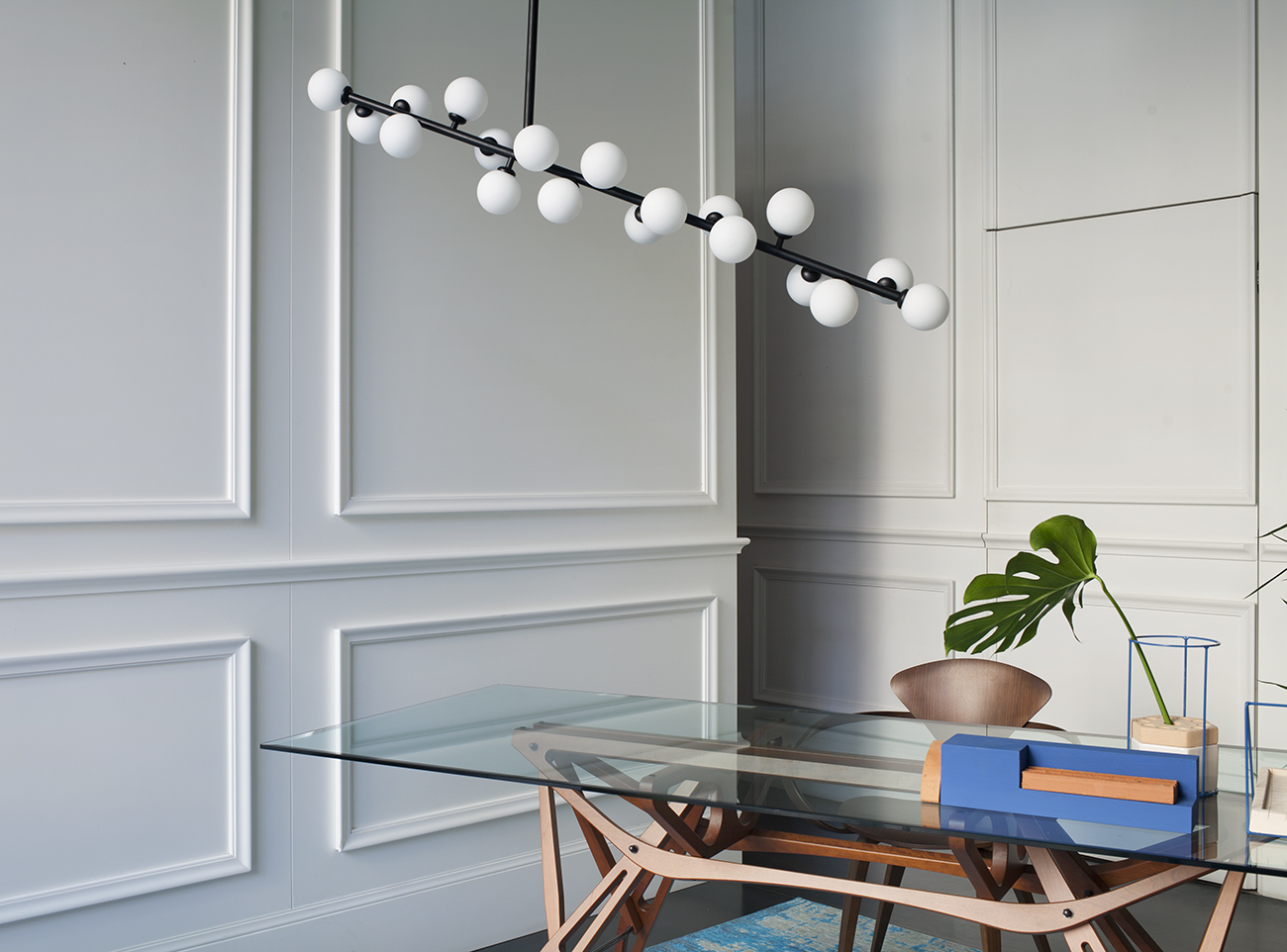
03.03.15
8 Things
Studiopepe, Stylists and Set Designers
When describing their sensibility, Arianna Lelli Mami and Chiara Di Pinto of the Milan-based Studiopepe invoke the versatility of classic white shirt: “You can wear it anytime, to go to the supermarket or to a soirée. The same is for design. Good design — whether a masterpiece or anonymous — goes with everything.” Their evocative aesthetic, though, is anything but simple. “Eclecticism and curiosity” are important starting points for them, and their output is rich with visual references, ranging from the harmony of classical forms to the glamour of Italian cinema in the ‘60s. But they don’t merely quote their source material, they transform it.
